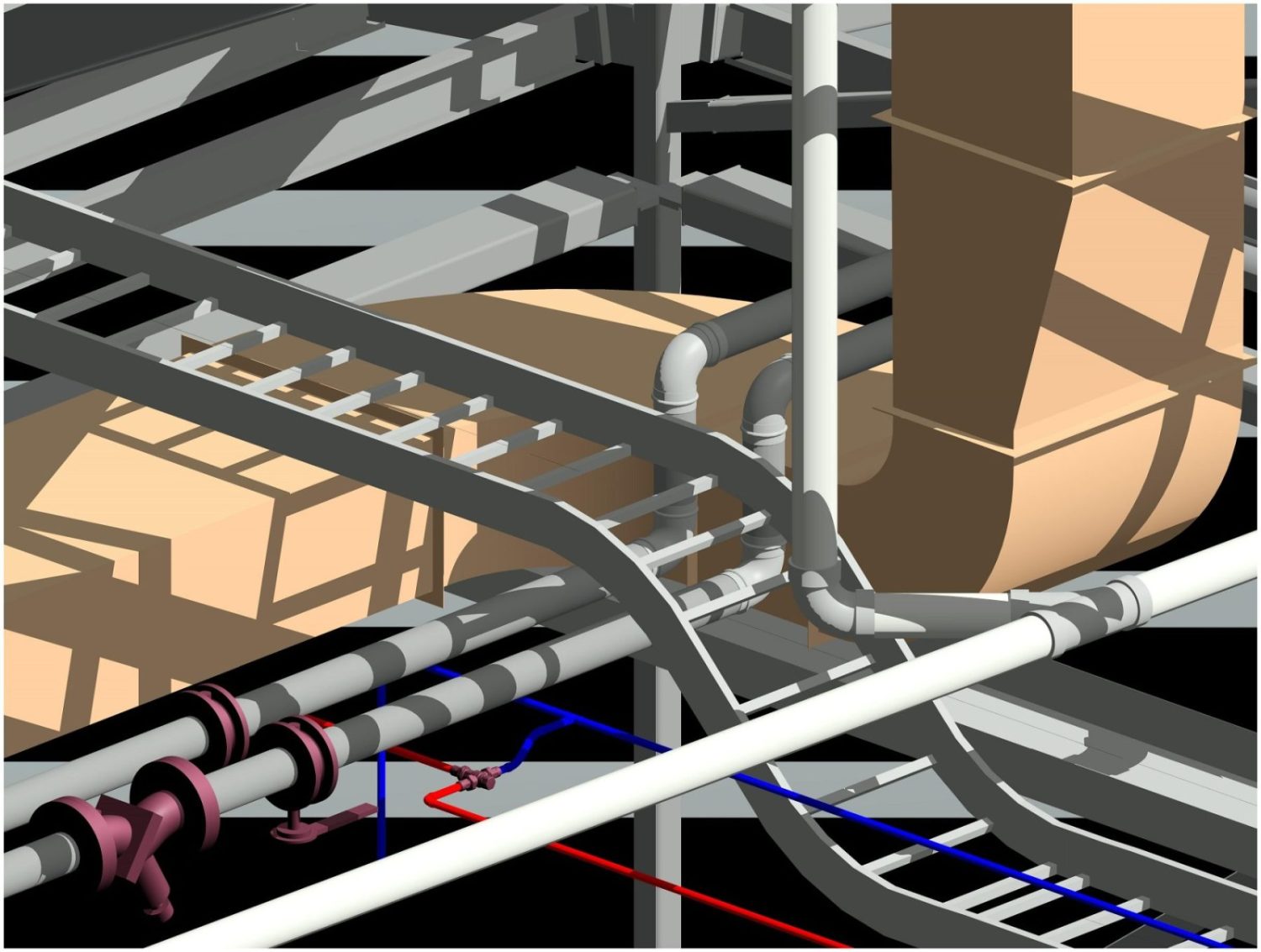
The construction industry is no stranger to change, but in recent years, a powerful transformation has been reshaping the way buildings are conceived and constructed. Prefabrication, often referred to as “prefab,” is revolutionizing the construction industry in 2023. This innovative approach involves the assembly of building components off-site in controlled environments, leading to faster, more efficient, and cost-effective construction. In this blog, we will explore how prefabrication is rapidly changing the construction industry in 2023 and its potential benefits.
The Rise of Prefabrication
Prefabrication has been around for centuries, but recent technological advancements have catapulted it to the forefront of modern construction. Several factors are driving its rapid adoption:
- Efficiency and Speed: Prefabrication significantly reduces construction timelines. Building components are manufactured concurrently with site preparation, leading to quicker project completion.
- Quality Control: Controlled factory environments ensure consistent quality, reducing the risk of errors and defects compared to traditional on-site construction.
- Cost Savings: By streamlining processes, reducing labour costs, and minimizing waste, prefab construction can be more cost-effective than traditional methods.
- Sustainability: Prefabrication can minimize material waste and energy consumption, making it a more sustainable construction method.
- Innovation: Advancements in design software, materials, and manufacturing techniques have expanded the possibilities of what can be achieved through prefabrication.
How Prefabrication is Changing the Construction Landscape
- Customization and Design Freedom: Prefabrication doesn’t limit architectural creativity. Advanced digital tools enable architects and engineers to design unique and complex structures that can be assembled off-site.
- Reduced Construction Time: Prefabrication significantly shortens project schedules. This is especially valuable in urban areas where construction disruptions can have significant social and economic impacts.
- Labor Efficiency: Prefabrication reduces the need for skilled labour on-site, helping address labour shortages often faced by the construction industry.
- Lower Costs: Despite initial investments in technology and equipment, prefabrication often results in cost savings through reduced labour expenses, shorter project durations, and decreased material waste.
Applications of Prefabrication in 2023
- Residential Construction: Prefabrication is increasingly used in housing construction. Modular homes and apartment buildings can be manufactured off-site, offering faster and more affordable housing solutions.
- Commercial and Industrial Buildings: Office spaces, warehouses, and factories benefit from the speed and efficiency of prefabrication, allowing businesses to occupy their new spaces sooner.
- Infrastructure Projects: Prefabrication is also being used in infrastructure projects such as bridges, tunnels, and roadways, where quick assembly and minimal disruptions are crucial.
- Healthcare Facilities: Hospitals and medical centres require precision and speed, making prefabrication an ideal choice for critical healthcare infrastructure.
- Educational Institutions: Schools and universities are adopting prefab solutions to meet growing enrollment needs and complete projects during summer breaks.
As technology continues to advance, the construction industry will likely see even more innovative uses of prefabrication, further transforming how we build the structures that shape our world.
Draftech – Your Project, Our Expertise
Testimonials
Thank you for all your efforts on our projects; they have been an invaluable contribution to their success. We look forward to working with you on future projects.
Ian Ferguson MPM Group
Jess and Karl at Draftech were amazing. The communication from the start was prompt, and the entire process was extremely easy. We needed their knowledge on Air Schematics, and they had made one up for our buildings that we service. Thanks so much, and we will be using you guys in the future. Cheers, Air Control Australia.
Greg Colebrook AirControl Australia
With Draftech’s thorough understanding of building services modelling and close attention to detail, Forth has been afforded the opportunity to outsource some of our BIM projects with absolute confidence in the accuracy of the final product.
Gary Murdoch Forth Consulting
Very professional and efficient organization. Delivered a great product to a tight deadline.
ACE Power
Karl and the team are very professional and have a vast knowledge of BIM coordination.
Dwayne Willaims Babinda Electrics
We had multiple large projects with tight deadlines and needed a company we could trust. The teams delivery, attention to detail and understanding of what is being designed is always executed to a high standard.
Martin O’Donovan Envar Engineers
Draftech offered a flexible and reliable approach to working collaboratively with our team. They met our expectations and quality requirements and also offered up new ideas.
Draftech have proven to be a valuable and trustworthy resource and we will continue to work with Draftech on other projects.
Simon Marsden Umow Lai
Draftech is different from others in the professionalism and features they provide.
The ability to walk through projects in real time online provides invaluable insight into problem areas and helps provide an efficient resolution on the spot without many phone calls, emails and the necessity for us to paw through countless drawings to understand the issues.
Todd Morris Manager - Air mech
Draftech were put forward to FIP Electrical as the solution to Coordinate, Model, carry out clash detection, provide Electrical Services Shop Drawings, as built documentation and completed electrical model.
Simon Thorpe FIP Electrical
In close collaboration Draftech set up all our systems and model deliverables. In this process Draftech have proven to be a valuable resource for us and demonstrated commitment, understanding and professionalism.
David Skelley DJCoalition
Draftech’s attention to detail and proactive nature throughout the project assisted us in identifying issues before becoming evident on site, saving us both time and unexpected costs.
Matt Payne PJM Engineering Services
They delivered very high quality Revit models and associated 2D documentation at key milestones, working to a tight budget and in strict accordance with the Architects’ BIM requirements.
Peter Thomas Geoff Hesford
We found Draftech’s work to be of high standard and the team delivered exactly as agreed, in fact, when we considered the project complete, Draftech put further resources into the project as they were not satisfied.
John Johnson Beca
Engaging Draftech during design gave us the tools to make smart decisions.
Hansen Yuncken Design Manager - Michael Harkins
The drafting service is timely, reliable and fit for purpose for the built environment.
Peter Harvey Harvey Industries
Draftech stands apart from other drafting services that we have previously used in their attention to detail and ability to adapt to the individual client’s requirements.
Doug Holt McCaig Aircon
I can confidently recommend Draftech as a solid and reliable supplier, and experts in their field. I look forward to working with them again in the near future.
Chris Behan Norman Disney & Young
After seeing the benefits Draftech provided us on the Townsville Hospital Redevelopment we have set up a relationship with Draftech and intend to continue to use their BIM knowledge and skills for our future projects.
Brad Lund Energy Power Systems
Draftech has no competition as they are in a class of their own.
John Boyes Babinda Electrics
Draftech Developments Drafting and Design Capabilities, in conjunction with their outstanding level of Client service and support has provided great solutions to our engineering and Drafting Design portions within our Gorgon Barrow Island Project.
Aaron Hazelton Applied Electro Systems Pty Ltd
Draftech set up necessary systems and workflows very quickly, but also setup auditable estimating and weekly cost tracking processes that we utilised, requiring little maintenance.
TOM PURDON MPM GROUP
































